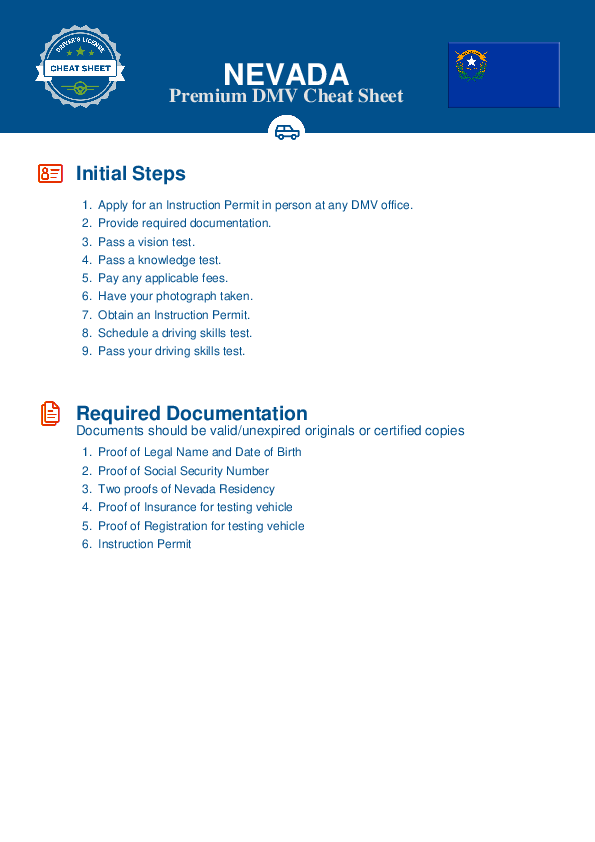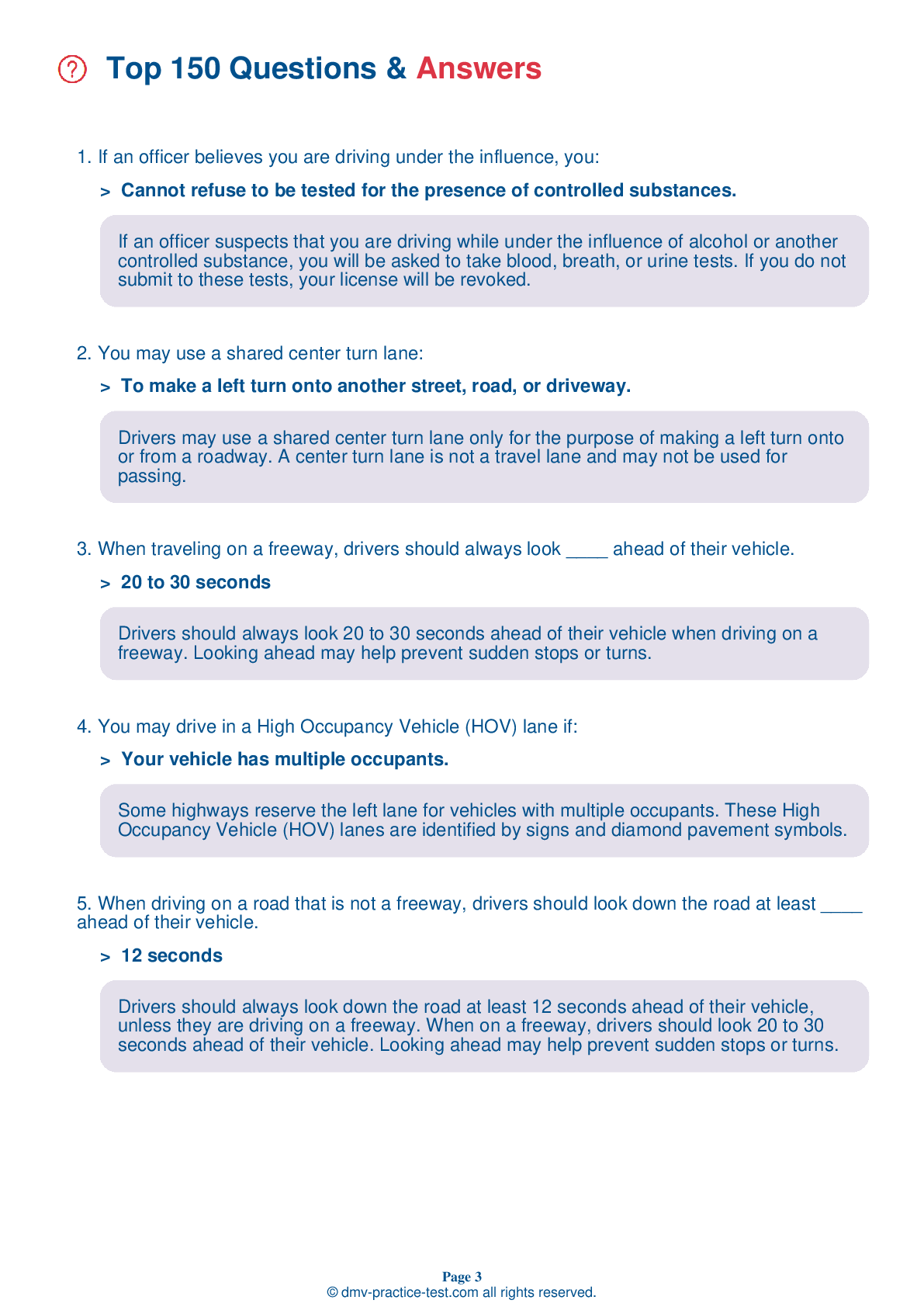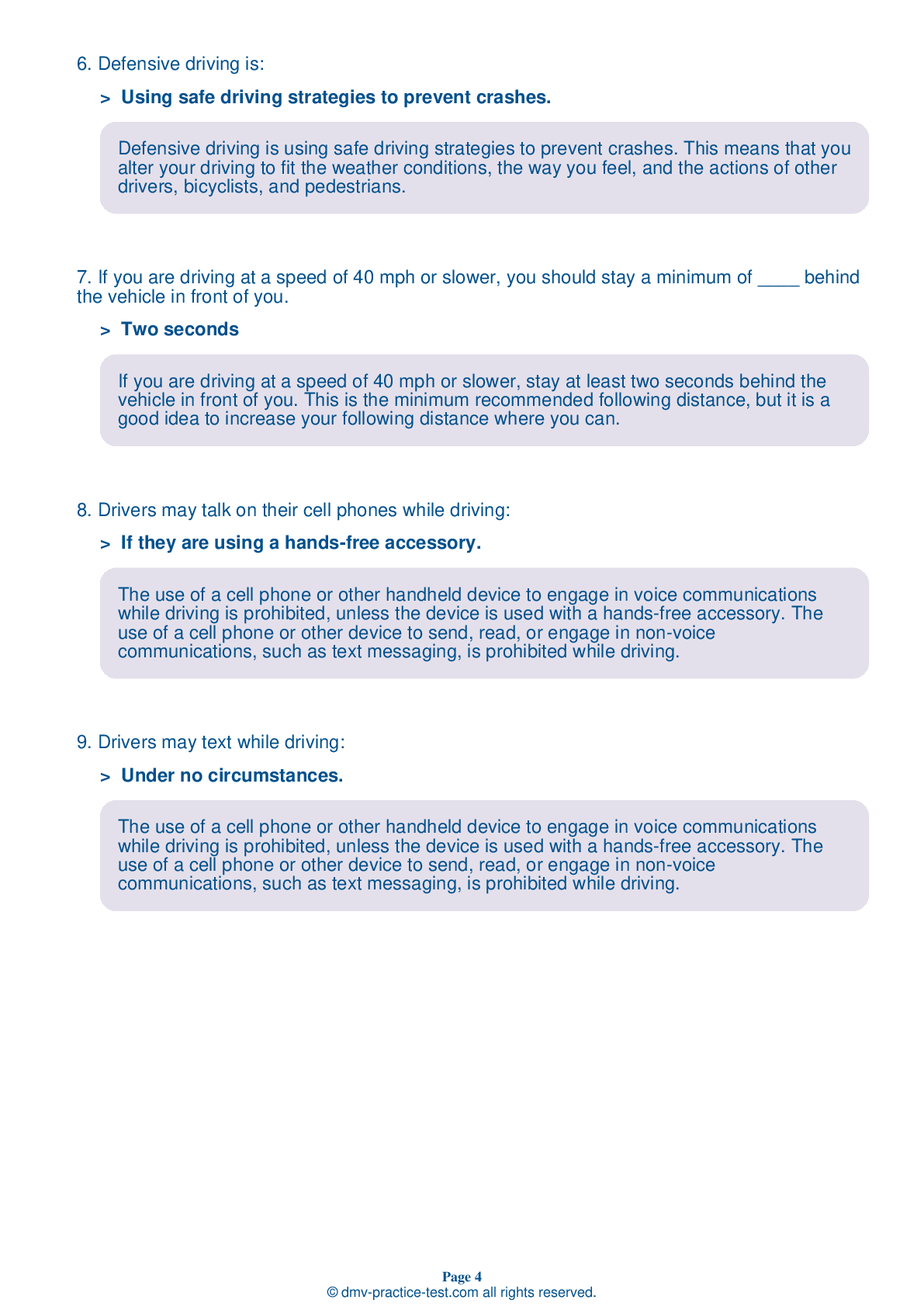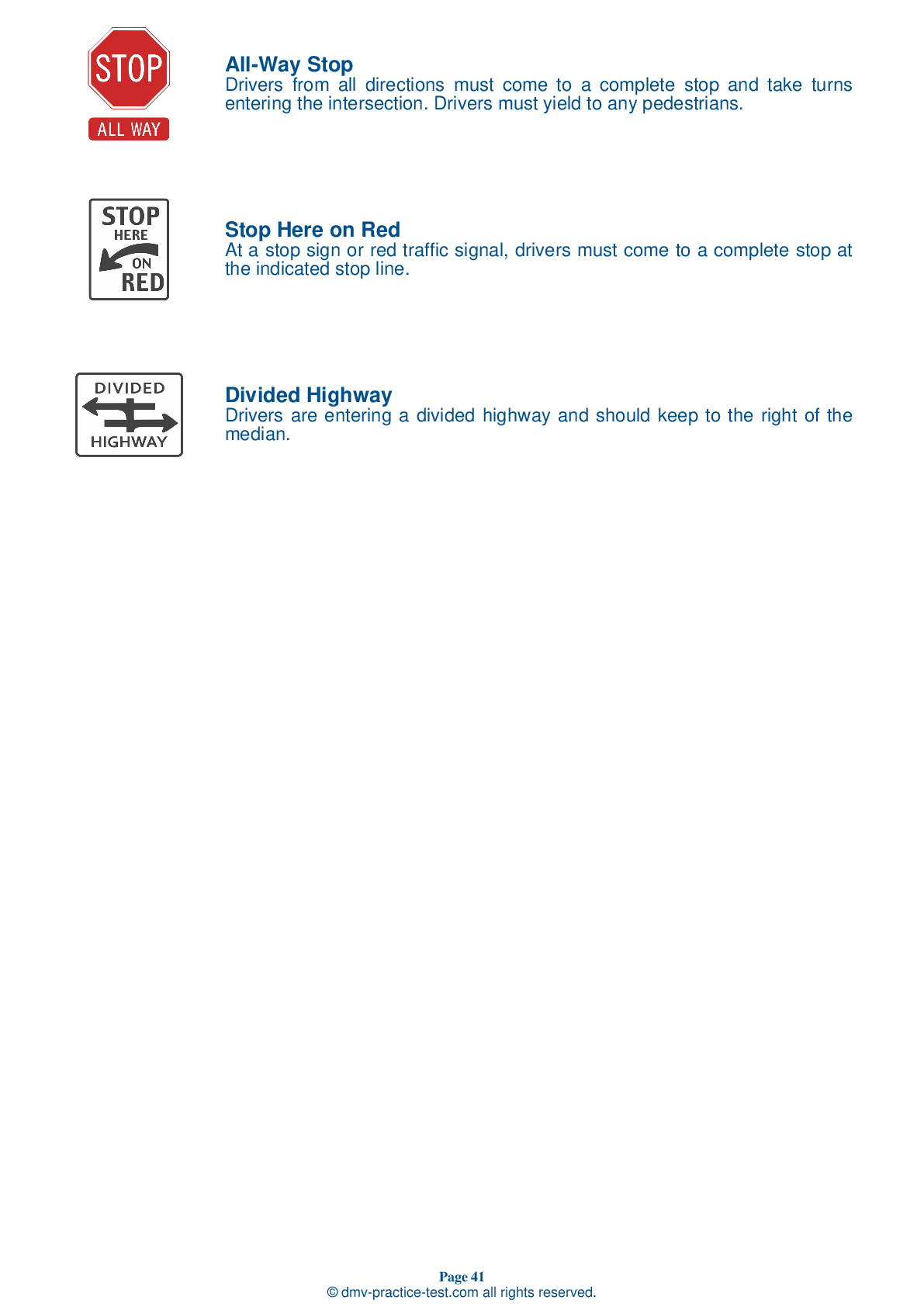FREE Nevada DMV Practice Test #11
The Nevada DMV practise examinations have been updated for January 2025. It includes questions based on the Nevada Driver Handbook's most significant traffic signals and legislation for 2025. Use actual questions that are very similar (often identical!) to the DMV driving permit test and driver's licence exam to study for the DMV driving permit test and driver's licence exam.
On the practise exam, each question gets a tip and explanation to help you remember the concepts. The written component of the official Nevada DMV test will include questions about traffic rules, traffic signs, and driving statutes, as well as knowledge from the Driver Handbook.
To obtain a passing grade, you must correctly answer 40 of the 50 questions. To help you prepare for your instruction permit or driver's licence, take our Nevada DMV practise test.
The DMV exam is available in several languages.
Using any kind of testing assistance will result in an automatic fail, and the DMV may take additional action against your driver's licence, so stay away from it.
1 . When a curb is painted ____, it indicates a reserved handicap parking area.
Painted curbs indicate parking restrictions. When a curb is painted blue, it indicates a reserved handicap parking area. Only those with the proper license plate or hanging tag are allowed to park in the designated area.
2 . You may not park:
There are a number of locations where it is unlawful to park, including on a crosswalk or in a marked bicycle lane. When parking on the street, you must be within 12 inches of the side of the road.
3 . Drivers may not pass a school bus when its red lights are flashing.
When approaching a school bus that is using its flashing red lights, you must stop before you reach the bus and remain stopped until the flashing lights are turned off. On a two-way multilane roadway with a median or shared center lane, vehicles on the opposite side of the road from the school bus do not have to stop.
4 . A person who drives much slower than the speed limit:
Driving more slowly than the flow of traffic can be hazardous. If you are on a two-lane, two-way road and driving so slowly that traffic is backing up behind you, you are required to pull off the road and let the other vehicles pass. Only drive significantly under the speed limit when conditions require it.
5 . When passing another vehicle, a driver should wait until the entire car they've just passed is visible in the rearview mirror before changing back into the right-hand lane.
When passing, you should not return to your original lane until the entire vehicle you've just passed is visible in your rearview mirror.
6 . When a vehicle with an Anti-Lock Braking System starts to lose traction on a slippery road, drivers should:
If their vehicle loses traction on a slippery road, a driver with an Anti-Lock Braking System (ABS) needs to press down hard on the brake pedal, hold it, and steer out of danger. In an emergency situation, the ABS automatically pumps the brakes at a faster rate than the driver could. Removing steady pressure from the brake pedal or pumping the brakes will disengage the ABS.
7 . When the driver behind you wants to pass, you should:
When the driver behind you wants to pass, you should slow down so that there is enough room in front of your vehicle for the other driver to complete their pass. This will allow them to complete the passing maneuver in less time and more easily.
See the exact questions that will be on the 2025 Nevada DMV exam.
99.2% of people who use the cheat sheet pass the FIRST TIME
LT gives us an insight on how the cheat sheet provided her with all the study questions she needed before taking her test.
Joe initially studied with the handbook and failed his test, he eventually found us online, studied and pass his test the first time around.



